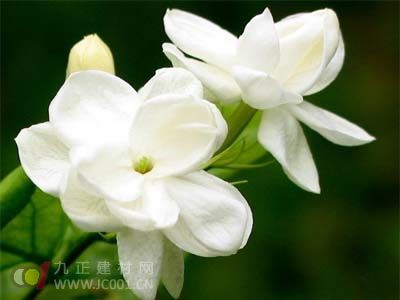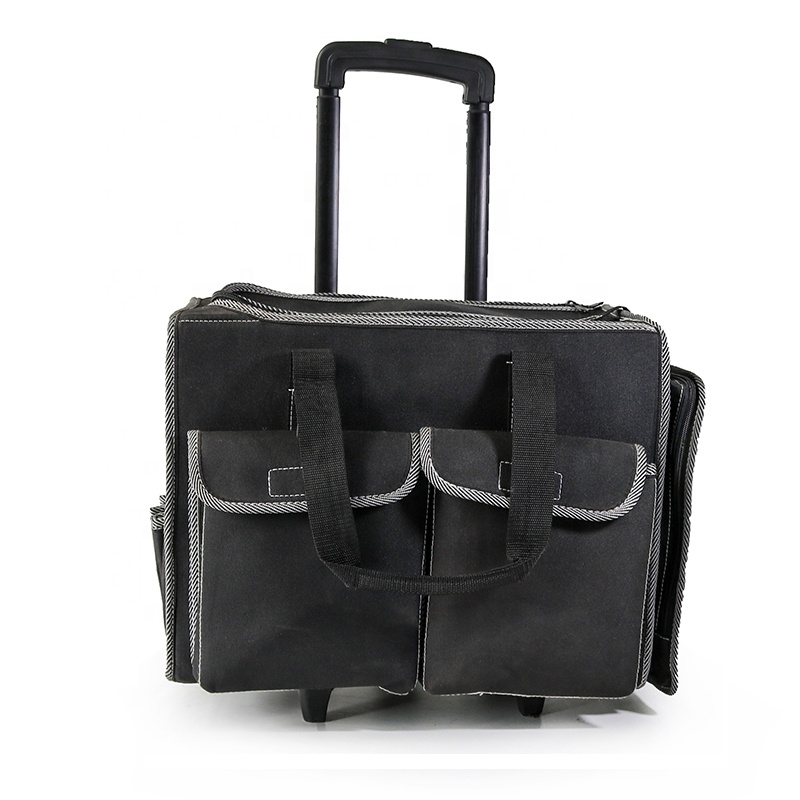Introduction to Jasmine Potted Plants and Care Methods: Jasmine potted plants thrive in soil rich in organic matter, with good drainage and aeration. A common mix includes 4 parts garden soil, 4 parts compost, and 2 parts river sand or ash, combined with well-decomposed manure and chicken/duck droppings. After mixing, sift the soil to remove fine particles and coarse fragments, then top it with larger grains. The best time to repot is from April to May, before new growth begins. Choose a pot that matches the size of the plant. Hold the plant by the base while filling the pot with soil, ensuring all roots are covered. Gently lift the plant and shake the pot to help the soil settle around the roots. Once the soil is compacted, leave about 2 cm of space between the soil surface and the pot’s edge for watering. Water the plant thoroughly after planting, and place it in a shaded area for 7-10 days to acclimate. Avoid direct sunlight during this period and gradually introduce it to light. Daily care mainly involves watering. Jasmine prefers moist but not waterlogged conditions, and requires good ventilation. Water according to the plant's needs, avoiding both drought and overwatering. With proper care, jasmine can bloom from June to July. At this point, the root system has recovered, and you can water lightly every 7-10 days. From then on, manage it as an adult plant. It's recommended to repot jasmine annually. When changing pots, remove some old soil and dead roots, replace with fresh mix, and improve soil structure and nutrients. This helps the plant grow better. After repotting, water as you did before, making sure the roots and soil make good contact. Before repotting, trim the plant, leaving only about 10 cm of last year’s branches, and cut away any dead, thin, or overcrowded branches. During the growing season, regularly remove overly dense leaves to encourage axillary buds and promote new growth and flower buds. In spring (April to May), jasmine grows new leaves, and water requirements are relatively low. Water once every 2-3 days, preferably around noon. Ensure the soil is evenly moist without overwatering. During the flowering period in May-June, increase watering slightly. In summer (June to August), when temperatures rise, jasmine grows quickly, and evaporation increases. Water twice daily—once in the morning and once in the evening. You can also spray the leaves and surrounding area to maintain humidity. Since jasmine doesn’t tolerate drought, be sure to drain excess water during rainy days. In autumn, water every 1-2 days, and in winter, reduce watering significantly to prevent root rot. Keep the soil slightly moist, not wet, to support healthy wintering. Jasmine benefits from regular fertilization, especially during long blooming periods. It prefers acidic soil and should be fertilized once a week with a diluted solution (1:10). After the first bloom, use bean cake as a top dressing, and add bone meal and phosphate fertilizer during flowering. If available, mature human manure can also be used to enhance flower production. During hot summer months, fertilize every four days. Water in the morning and apply fertilizer in the evening, followed by a light watering the next day to aid root absorption. Avoid over-fertilizing, as this can cause root rot. Always loosen the soil before applying fertilizer, and avoid doing so when the soil is too dry or wet. To keep potted jasmine full and attractive, prune spent flowers after blooming to encourage new growth and control plant height. Stop fertilizing in early September to harden off the branches and prepare for winter. When temperatures drop to 6–7°C, move the plant indoors and ensure good ventilation to prevent yellowing leaves. The temperature can be unstable, so move the plant outside on warm days for fresh air. During winter, place it in a sunny room with a temperature above 5°C. Water once every seven days to keep the soil slightly moist. This helps maintain lush foliage and keeps the plant looking vibrant throughout the cold season.
Tool bag with wheels is a portable and convenient storage solution for tools and equipment. It typically features a large main compartment, multiple pockets, and a sturdy handle for pulling the bag along on its wheels.
Some popular features of tool bags with wheels include:
Tool Bag With Wheels,Tool Rucksack With Wheels,Tool Backpack With Wheels,Small Rolling Tool Bag ZHANGJIAGANG CITY XIANGLE TOOL CO., LTD. , https://www.xiangletoolbag.com

Introduction of jasmine pot planting and management methods